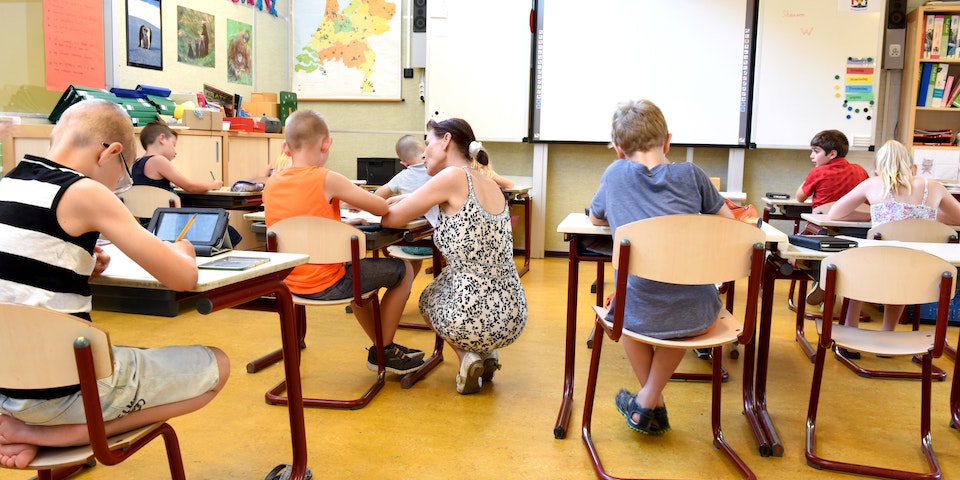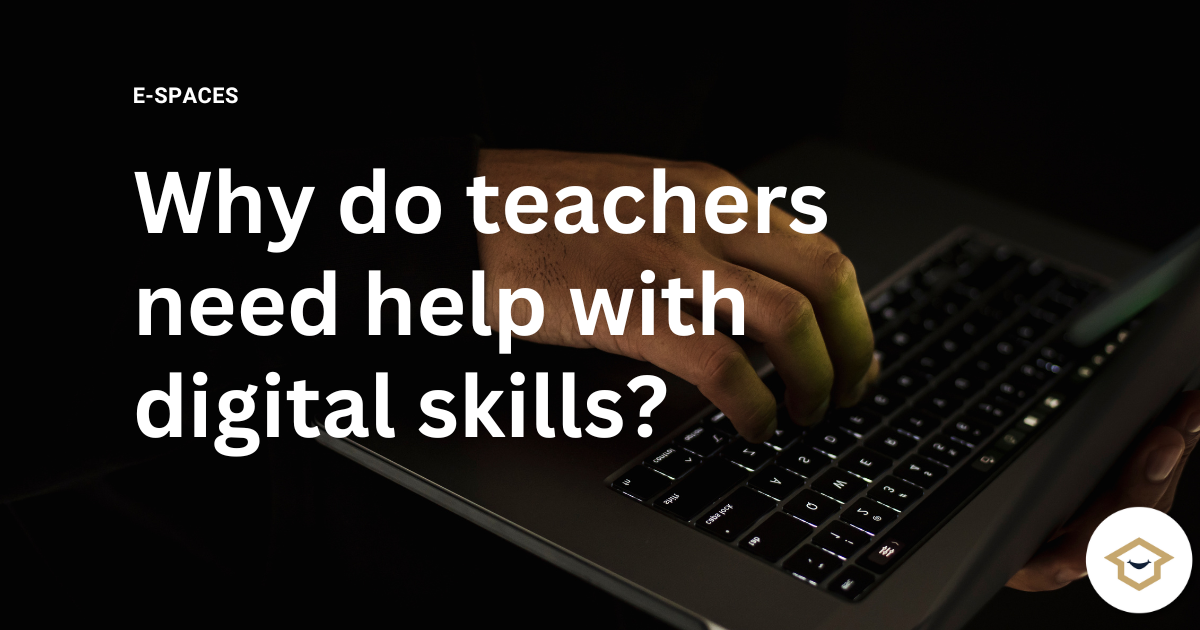For their students to succeed, teachers should be proficient in using digital technology. Technology is enabling teachers to find new ways of imparting knowledge and teaching students the digital skills they need for the future.
Since computer science has a significant impact on the economy, there has been an increase in petitions calling for it to be added to the curriculum as a core subject. According to estimates, the British economy loses a startling £6.3 billion in GDP each year as a result of the workforce’s widespread lack of proper digital and computing skills, which leaves open positions. Thus, it is crucial to instill these fundamental skills in children at a young age in order to prevent such losses. The teacher is the primary source of instruction, but they are currently having difficulties imparting digital skills. What are those difficulties?
1. Lack of surety
One of my students is “tech-forward,” which means she is familiar with all things technical. On the other hand, the teacher is having trouble maintaining a Twitter account. My technological aptitude is already lacking, so it’s likely that I won’t dare try to use new technology for fear of being unable to use something my students would consider basic knowledge. Many teachers, particularly early career teachers, share these sentiments. One study confirmed that inexperienced teachers frequently don’t know about the variety of digital tools and resources that are available for use in education, which may hinder their ability to successfully incorporate technology into their teaching methods. Research conducted with UK primary teachers showed that 61 percent of those responsible for teaching computing and digital skills in their schools have no formal training or background in the subject, while nearly a quarter cited limited teacher knowledge and a lack of digital skills as a key challenge to teaching computing. This lack of knowledge and training can result in teachers feeling overwhelmed and under-prepared when it comes to teaching with technology.

2. Technology is ever-changing
Keeping up with the quick pace of technological change is one of the biggest challenges facing teachers in their early careers. Technology is developing at an unprecedented rate, and it can be challenging for teachers to stay current with the newest tools and resources, according to a report by the Education Commission. The report also notes that many teachers do not have the time or funding to continue their professional development in digital skills.
What is attainable?
Teachers need to avoid the misconception of the term “digital natives.” Growing up with an iPad doesn’t teach you how to code. Those born in the last 20 or so years have most likely been exposed to technology every day, but this does not equate to digital literacy or digital competencies. To make sure that students benefit from the tools they have at their disposal, teachers must be trained in the effective use of digital technologies, which is why it is essential for teachers to have access to professional development opportunities.

Access to training sessions that only last for one day or a few hours per day for a week should be made available as teachers are ever busy. This will allow teachers to learn more and ask questions that they would normally be unable to ask. As such, teachers will be provided with more opportunities for professional development in digital skills. Furthermore, regular use of digital tools assists the teacher to become familiar with the various tools. thus improving their skill set.
As E-spaces, we have a straightforward and easy-to-use digital application that teachers can use. Since it provides real-time assessment, which instantly scores the students’ work, it saves time spent planning and marking. Teachers and students can both easily use this application. Additionally, using the app will give the teacher more time to learn a new skill, like coding. By providing an easy-to-use and accessible application, teachers are able to focus more on engaging lessons, improving the learning experience, and imparting much-needed digital skills for the real world to students.










